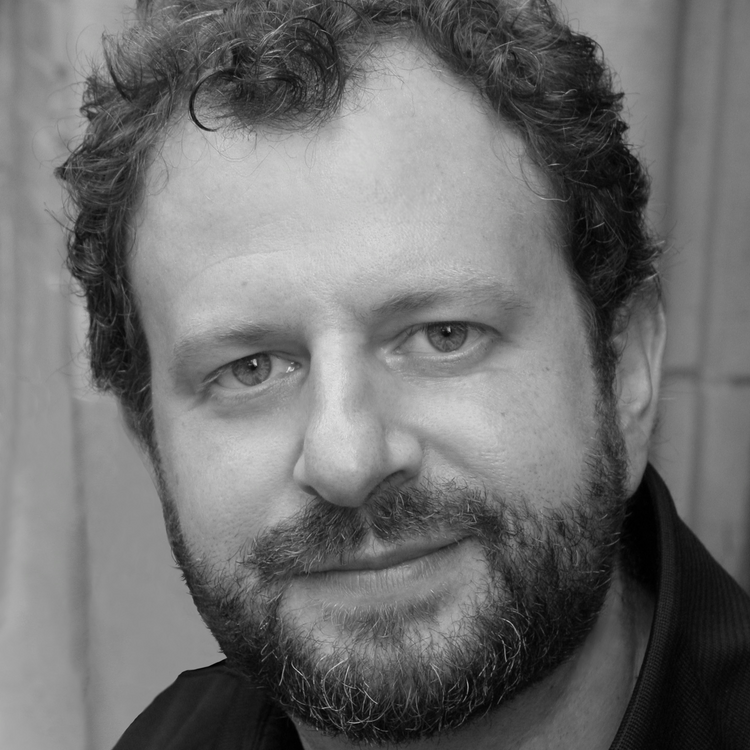Memories and Other Ghosts at the O’Neill
The O’Neill series celebrates and investigates the Eugene O’Neill Theater Center’s fifty year impact on individual artists and the wider theatrical community.
Most theaters have ghosts. Any place that's been around long enough to have someone die has at least one. This is either because the deceased return to the theaters out of a sense of nostalgia, or resentment, or unfinished business, or it's because theater people are superstitious and sentimental and we like to imagine the dead hanging around. In any case, it amounts to the same thing. Theater ghosts linger in lighting grids, trap doors, dressing rooms, usually benevolent, sitting in mild judgment over the proceedings just like any other audience member.
The O'Neill in particular is full of ghosts. There's a rumor, possibly unfounded, that the ashes of the late New Yorker critic Edith Oliver were scattered underneath the venue that bears her name, an outdoor stage that sits in the shade of a monstrous, ancient, and beautiful New England tree. Whether or not this is true hardly matters—sitting underneath that tree at night, listening to the wind rustle the leaves, her presence is felt, just as it is in the portrait room in which she, erstwhile artistic director Lloyd Richards, and Eugene himself stare down at the lunching interns during the day and the actors playing drinking games at night.
Living ghosts in the form of Playwrights Conference artists and National Theater Institute students line the cafeteria, posed in similar configurations in group photos dating back to the early 1980s. The collective effect of all of these portraits has been compared by more than one visitor to the photo in the old hotel in The Shining, especially at night. The place itself is even a sort of ghost, an old estate that was going to be burnt to the ground for fire department practice in the late sixties, saved from doom by benefactor George C. White and transmuted into the O'Neill of today.
If, after I die, I had to haunt a theater, it would be the O'Neill. I did haunt it as a living person, on and off from 2006 to 2011, and I've become accustomed to the spaces and the area—swimming in the calm waters of the sound, biking into New London, trips to The Broken Yolk and Captain Scott's Lobster Dock, fireworks from the porch of the O'Neill family homestead, where Long Days Journey Into Night was set and, presumably, took place. And the grounds themselves—reading and writing in the air-conditioned library, on the various porches and hammocks. I remember the first day there in 2006, making a beeline towards the water, not realizing there was a marsh in the way. I sunk into hot muck up to the knees and nearly lost a shoe. When I finally made it back, late to a design meeting, I sat far away from everyone because I reeked of methane or something worse. I remember five of us crammed onto a couch to watch Project Runway on a laptop. I remember the magical performance of 1001 under the stars, to date one of my favorites, and the literally impossible concept I gave to set designer Rachel Hauck, who gamely built a model to my specifications. I remember the close friendships I made there, with actors, playwrights, and designers, some of whom I've reconnected with in Los Angeles.
I was lucky enough to return to the O'Neill, as a playwright in 2008. Late into the night the playwrights and actors drank and played Mafia as I made endless stupid jokes about Truck Nutz, a product designed to make it look like your SUV has testicles. I remember reading Toni Morrison and George Saunders and Alan Weisman's The World Without Us. I wrote other plays there besides the ones I was there to develop, and commuted back and forth to Washington, D.C. to work on a play at Woolly Mammoth. Later on I was a teacher at the National Theater Institute. I went there with my wife Lorraine, then pregnant with our first son. We stayed in the White House (named for George C.—most of the structures on the grounds are painted white). It was warmer and less eerie than we'd expected. When I gave the students a writing exercise I worked on something of my own, the script for David Levine's Habit, which won an Obie in 2012.
The O'Neill was also my (now well-traveled) son's first trip—in the house next to the O'Neill residence in New London, at three weeks old he sat on a table in a car seat. My wife lay in bed recovering from a c-section as I drove back and forth to campus. Some months later, I brought him there, ostensibly for a writing retreat, but really we just needed to get out of New York and had a car, but couldn't afford a vacation. In early autumn the haze lifts and you can see clear across the sound, all the way to the North Fork of Long Island, and storks and other migratory birds populate the grounds. I have photos of my son sitting on stage at the Edith, a far greater accomplishment than the play that had unfolded on that very same space five years prior.
I'm lucky to have haunted the same spot as so many illustrious ghosts in the American theater—August Wilson, Wendy Wasserstein, Lanford Wilson, John Belluso. The list goes on. I might be back sometime—
I live across the country in Los Angeles now, a place that thinks it has no history, but really just has a shorter, weirder one. I came here to work in television and film, but I still write plays. And I miss the O’Neill all the time.



Comments
The article is just the start of the conversation—we want to know what you think about this subject, too! HowlRound is a space for knowledge-sharing, and we welcome spirited, thoughtful, and on-topic dialogue. Find our full comments policy here